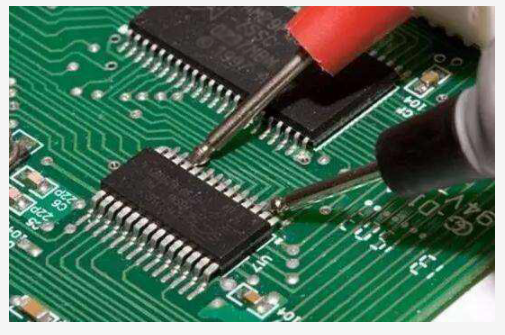What are the selective soldering processes for PCB circuit boards?
Selective soldering is a brand new soldering method. Compared with wave soldering, the most obvious difference between the two is that the lower part of the PCB is completely immersed in liquid solder in wave soldering, while in selective soldering, only some specific areas are connected to the solder. Wave contact. So, what are the selective soldering process of PCB circuit board?
PCB circuit board selective soldering process
The selective soldering process includes: flux spraying, PCB preheating, dip soldering and drag soldering.
1. Flux coating
In selective soldering, the flux coating process plays an important role. When the soldering heating and soldering ends, the flux should have sufficient activity to prevent bridging and prevent the PCB from oxidizing. Flux spraying is carried by the X/Y manipulator to carry the PCB through the flux nozzle, and the flux is sprayed onto the PCB to be soldered. The flux has multiple methods such as single nozzle spray, micro-hole spray, and synchronous multi-point/pattern spray.

2. PCB preheating
The main purpose of preheating is not to reduce thermal stress, but to remove the solvent and pre-dry the flux, so that the flux has the correct viscosity before entering the solder wave.
3. Welding process
There are two selective soldering processes: drag soldering process and dip soldering process.
(1) Drag welding process
The drag soldering process is completed on a single small soldering tip solder wave, which is suitable for soldering in a very tight space on the PCB. The PCB moves on the solder wave of the soldering tip at different speeds and angles to achieve the best soldering quality. After the flow direction of the solder solution is determined, for different soldering needs, the soldering nozzles are installed and optimized in different directions; the manipulator can approach the solder wave from different directions, that is, from different angles between 0° and 12°, so users can solder various electronic components. Kind of device.
Compared with the dip soldering process, the solder solution of the drag soldering process and the movement of the PCB board make the heat conversion efficiency during soldering better than that of the dip soldering process. The single-nozzle solder wave drag welding process also has shortcomings: the welding time is the longest among the three processes of flux spraying, preheating and welding.
(2) Dip soldering process
The dip soldering process system has multiple solder nozzles and is designed one-to-one with the PCB to be soldered. Although the flexibility is not as good as the robot type, the output is equivalent to the traditional wave soldering equipment, and the equipment cost is relatively low compared to the robot type. According to the size of the PCB, single board or multiple boards can be transferred in parallel, and all the points to be soldered will be sprayed, preheated and soldered in parallel at the same time.
The above is the selective soldering process of PCB circuit board introduced by PCB factory engineers, I hope it will be helpful to you.